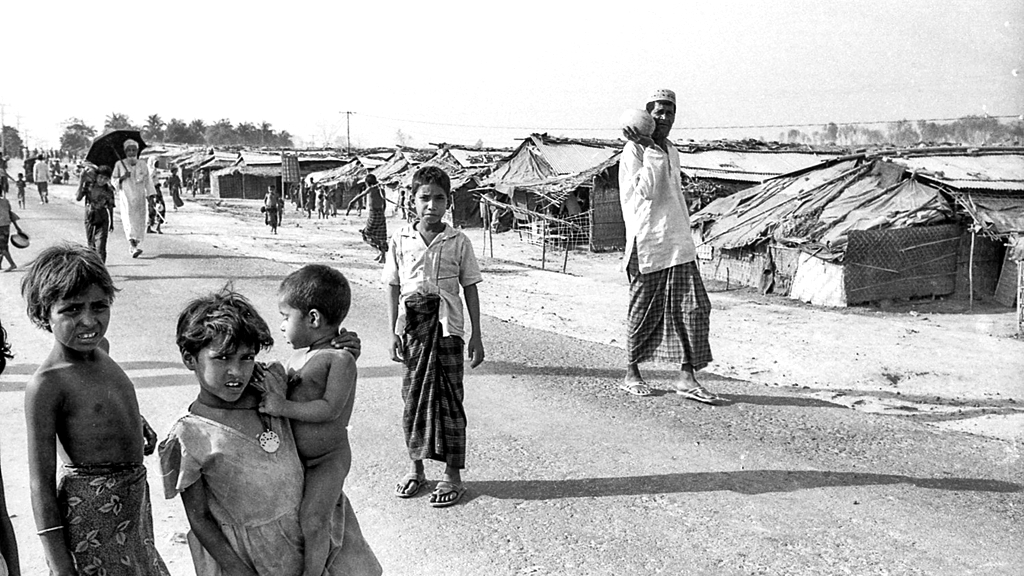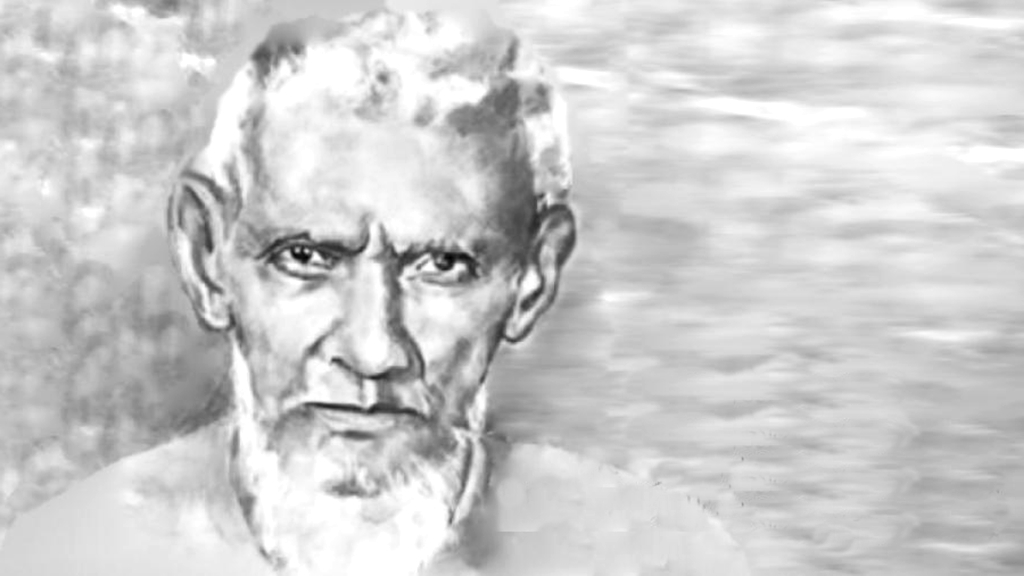
The 1993 MOU between UNHCR and SLORC
- 22/06/2018
- 0
By Aman Ullah
On November 1993, the UN High Commission for Refugees (UNHCR) singed a Memorandum of Understanding (MOU) in Rangoon with SLORC to repatriate more than 250,000 Muslims Rohingya refugees in Bangladesh. However it was not publicly available. The following was issued by the Information Section of the UNHCR on 5 November 1993.
A Memorandum of Understanding between the Government of the Union of Myanmar and UNHCR was signed on 5 November 1993, in Yangon. The Director General of the Department of Immigration and Manpower, U Maung Aung singed the MOU on behalf of the Government and Mr. W. Blatter, Director, Regional Bureau for Asia and Oceania, NHCR, Geneva, on behalf of the United Nations High Commissioner for Refugees. The signing of the MOU marks a milestone in the voluntary repatriation programme from Bangladesh. It is the result of an agreement reached during the visit to Myanmar of Mrs. Sadako Ogata, the United Nations High Commissioner for Refugees, in July of this year.
The MOU stipulates the modalities of UNHCR’s presence and programmes in the Rakhine State. It states, interalia, that UNHCR will be given access to all returnees; that the returnees will be issued with the appropriate identification papers and that the returnees will enjoy the same freedom of movement as all other nationals.
The voluntary repatriation programme has the following components:
1. The movement phase, during which the necessary infrastructure will be put into place to facilitate the reception of a larger number of returnees.
2. Initial assistance in the villages of origin. In addition in relief items such as household goods and construction materials (bamboo), the returnees will also receive food assistance for two months, provided by WFP.
3. The Reintegration phase: to enhance the economic and social stability of the returnees, community level projects in the fields of agriculture, health, water and sanitation and education will be implemented with the respective technical departments which will also benefit the surrounding population. Close coordination will be maintained with UNDP and other UN agencies such as UNICEF and WHO; this is in order to avoid any overlapping and to assure the continuum from relief to development.
UNHCR will in the coming weeks seek the financial support of the International Community to implement this important voluntary repatriation programme from Bangladesh to Myanmar.
To implement the programme the UNHCR and the World Food Programme(WFP) is launching a US $ 38.1 million project to supplement the US$ 16.2 million required to care for the refugees in Bangladesh before they repatriated .
Details are as follows:-
• The repatriation will be voluntary. To build confidence, a UNHCR and WFP presence will be established in Arakan State. To make the prospect of returning attractive, UN agency will provide improved economic and social benefits to the returnees.
• SLORC will grantee international UNHCR staff access to Arakan State including Buthidaung and Maungdaw. Returnees will be issued “appropriate” identification paper and given “the same freedom of movement as all other nationals.” SLORC will improve basic infrastructure and services in the area through project funded by the UNHCR.
• A technical mission of UNDP, UNHCR, WFP and SOLORC traveled to Arakan State in September 1993 and designed the repatriation project. UNDP issuing similar design in other area of Burma and is coordinating closely with UNHCR, WFP and UNICEF.
• The repatriation will involve 4 phases; Preparation, Movement from Bangladesh to Burma, Relief assistance, and Reintegration.
• The overall responsibility for the project implementation is with the office of the Director General of Immigration and Manpower, Ministry of Home Affairs, Rangoon. UNHCR will fund additional SLORC staff.
• Preparation—UNHCR staff will be based in Rangoon and travel to Arakan State as required. WFP will have 2 expatriates and 5 local staffs. UNHCR will assist SLORC to upgrade reception centers in Maungdaw township at Taungbro, Ngakura, Pyinpyu, Kanyinchaung and Magyichaung, and build a new reception center at Buthidaung. Boats, trucks and fuel will be brought to transport the refugees. A separate radio station will be established between Rangoon, Sittwe and Maungdaw.
• Movement – Returnees will be registered by the Immigration Officers and later issued “appropriate” identification papers. After two nights at reception centers they will be returned to their villages of origin. This phase is expected to last 1995.
• Relief – returnees will be given enough food for the 60 day in their villages. WFP food commodities will be purchased locally. Bamboo, thatch and other materials will also purchase for the returnees.
• Reintegration – UNHCR Community projects will focus on i) Water and Sanitation, ii) Health, iii) Agriculture and Fisheries, iv) Education,. SLORC funded by UNHCR will employ community development workers, water installations will be constructed by SLORC with UNHCR assistance. Boats and motor cycles will be purchased for SLORC health workers. Rice mill and boats building projects, construction of irrigation dams will be funded. Carpentry, food process, mat making and handicrafts will also supported. Teachers training and renovation of schools will be undertaken. All these projects will be implemented through SLORC.








